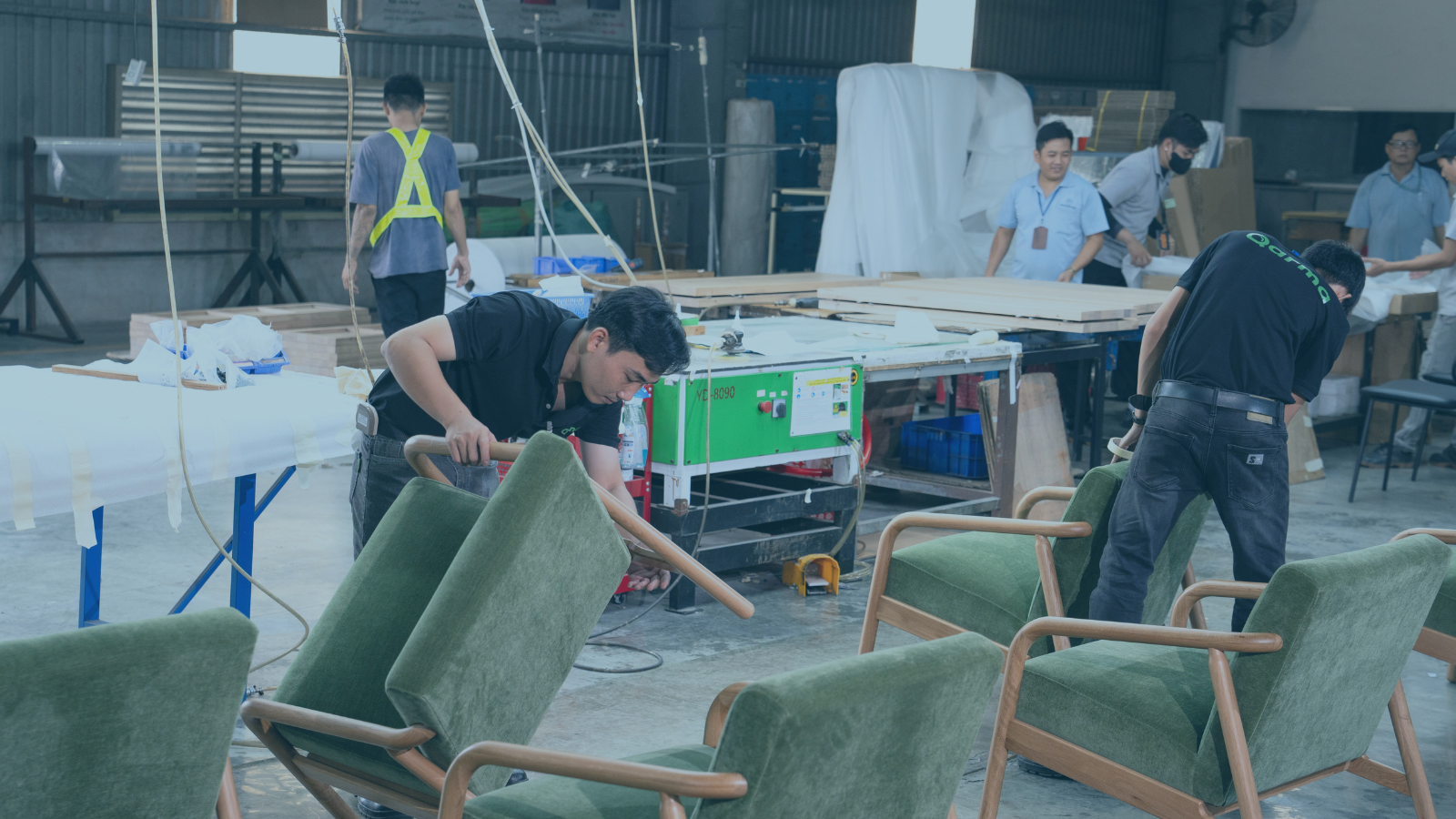When a final check isn’t enough
Even brands with the best intentions can run into quality issues. One scratch missed. One batch mislabeled. One container packed poorly. And suddenly, a small slip becomes a costly mistake.
Today, inspections aren’t just about catching defects - they’re about protecting your brand, your customer relationships, and your margins. But that only works when you choose the right inspection type at the right time.
The inspection toolbox at a glance
Before we dive into when to use which, here’s a quick look at the main inspection types Qarma supports - and what they’re built for:
Sample inspection: Want to make sure the product is right before the full production run begins? Sample inspections let you check a first-off or pilot batch to spot issues early - whether it’s with a new supplier, a new product, or just a first order. It’s a smart way to build confidence before you scale up.
Pre-Production Inspections: Check raw materials, components, or set-up before production starts. Designed to catch problems early and avoid wasted time and materials.
Inline Inspections: Monitor quality during production. Ideal for identifying issues in real-time and adjusting course while there’s still time to act.
Final Inspections: A thorough check after production ends, but before shipment. Used to verify that the finished goods meet your quality standards.
Container Loading Inspections: Focused on how products are packed for shipping. Helps ensure the right goods are loaded safely and correctly into containers.
Warehouse Inspections: Performed after products arrive at a warehouse or destination. Useful for checking condition post-transport, especially if there’s a delay between production and delivery.

Each one plays a different role, and choosing the right one at the right time makes all the difference
Quality means different things at different stages
No two factories are the same. No two buyers inspect the same way. And the same product might need different checks before it’s ready to ship. Some teams inspect raw materials before production even starts. Others rely on real-time feedback during production. And many still default to the final inspection as the last safety net before goods go out the door.
But here’s the thing: each inspection type has its strengths and blind spots.
The risk? Using the wrong tool for the job
Final inspections are great for checking finished goods, but by then, the cost of fixing a problem is highest. Inline inspections can catch issues early but they don’t work if your team doesn’t have the right process in place. Pre-production can prevent bad batches altogether but not every supplier is ready for it.
Choose wrong, and you might be spending time, money, and effort… without actually improving quality.
How do you know which inspection type to use - and when?
That’s the question we help brands answer every day at Qarma. It starts with asking what you're trying to prevent - and how early you're willing to catch it. It’s not about inspecting more. It’s about inspecting smarter.
Here’s a simple way to think about it:
Use Sample Inspections when you’re working with a new supplier, a new product, or a first-time order. It’s a low-effort way to check a pilot batch before full production begins, giving you early insight and peace of mind before scaling up.
Use Pre-Production Inspections when you want to catch mistakes before they happen. Ideal for checking raw materials, components, and set-ups. Saves time and money by preventing downstream defects.
Use Inline Inspections when you want real-time insight. Perfect for spotting trends early - and giving suppliers immediate feedback before issues multiply.
Use Final Inspections when you want a last line of defense. Best for verifying finished goods meet spec - especially when buyer requirements are strict or shipment windows are tight.
Use Container Loading Inspections when shipping is a risk zone. Make sure the right products are packed the right way, avoiding damaged goods, mislabels, or costly returns.
Use Warehouse Inspections when you need to check goods on arrival. Great for confirming quality at destination, especially if you’re storing or distributing from regional hubs.
In some industries, like furniture or electronics, you can go even deeper. Qarma lets you break inspections down into specific production steps from cutting to painting to packaging so you get granular control over where issues happen, and why. Move from being reactive to predictive with Qarma AI Checkpoints, a feature that helps inspectors prevent defects with their new QC agent all powered by historical defect findings. Yes, it learns from previous inspections and it only gets better the more you use it! Learn more about it here.
Smarter inspections, better decisions
The most effective quality teams aren’t just the ones who inspect the most. They’re the ones who know where to look, when to act, and how to make quality a continuous feedback loop - not a last-minute check.
At Qarma, we help companies shift quality from a reactive task to a proactive advantage. With flexible inspection types, clear reporting, and real-time data sharing, your team can make smarter decisions faster without drowning in complexity.






.png)

.png)